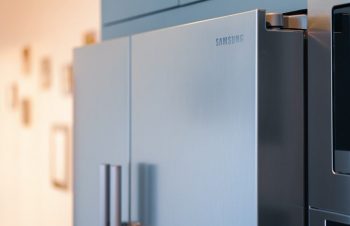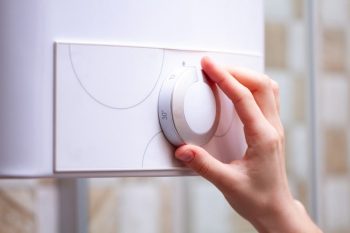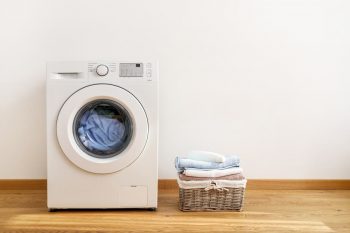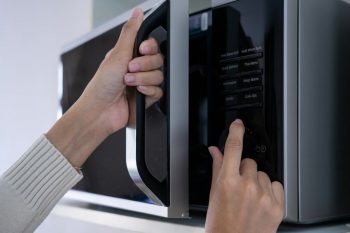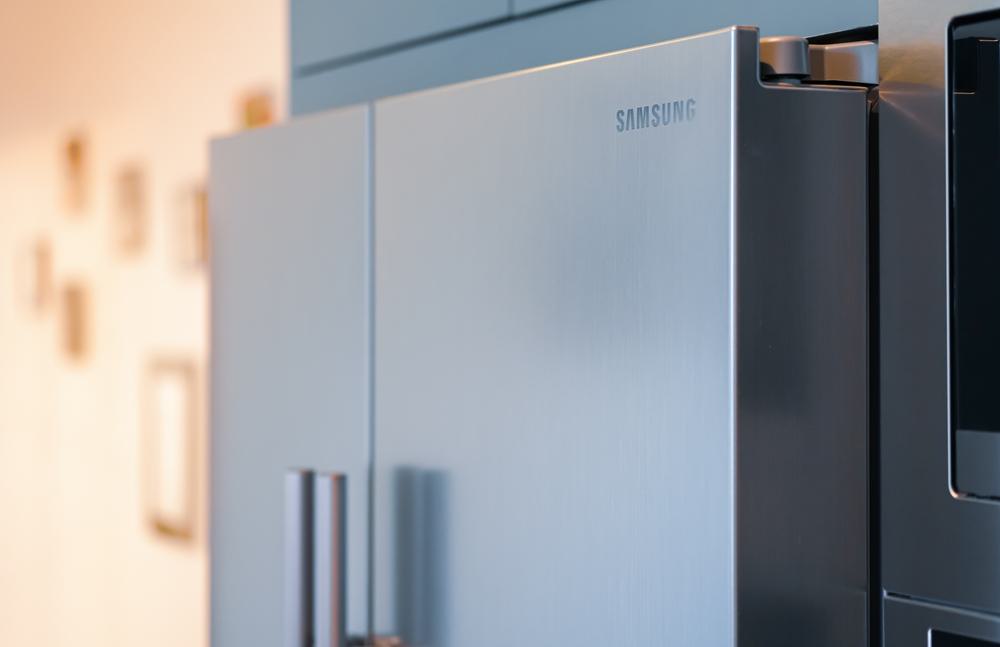
The Energy Saver switch on a refrigerator is a feature designed to help you take control of your appliance’s energy consumption. This switch, found on many refrigerator models, can provide benefits such as reduced energy use and cost savings. But what does it really do, and how does it affect your refrigerator’s performance and longevity? Let’s delve deeper into this feature and its implications.
The Energy Saver switch on a refrigerator controls the heating coils, also known as mullion heaters, that prevent condensation from forming around the door. When the switch is turned on, these heaters are turned off, reducing the refrigerator’s energy consumption. However, this can lead to condensation on the door frame and seal, especially during warm, humid months. Some newer models have an automatic energy saver system that manages this feature.
Understanding the Energy Saver Switch
In essence, the Energy Saver switch controls the heating coils present in your refrigerator, also known as mullion heaters. These heaters prevent condensation from forming around the door when the cool air from inside the refrigerator meets the warm, moist air from outside.
When the Energy Saver switch is turned on, the heaters are turned off, reducing energy consumption and potentially leading to lower energy costs. However, turning off the heaters may result in the appearance of condensation on the door frame and door seal, especially during warmer, humid months. In such cases, it’s advisable to turn off the Energy Saver switch to prevent water from dripping onto the floor.
Some newer refrigerator models have an automatic energy saver system, eliminating the need for manual control of the mullion heaters. This system includes a condenser loop around the opening of the freezer and fresh food compartment.
Benefits of Using the Energy Saver Feature
Using the Energy Saver feature offers several advantages:
- Reduced energy consumption: By turning off certain features, your refrigerator uses less power. This not only reduces energy consumption but also minimizes greenhouse gas emissions.
- Cost savings: Energy-efficient refrigerators can save you money on your utility bills. For instance, ENERGY STAR-certified refrigerators are about 9% more energy-efficient than models that meet the federal minimum energy efficiency standard. Over a 12-year lifetime, a new ENERGY STAR-certified refrigerator can save more than $220.
- Better moisture control: Most models with an Energy Saver switch have an automatic energy saver system that helps prevent condensation around the door, a common issue when the cool air inside the refrigerator meets the warm, moist air outside.
- Customizable anti-sweat heater control: Some refrigerators with an Energy Saver switch allow you to turn down or off the heating coils that prevent condensation. This enables you to better control the anti-sweat heaters in the fridge, which can lower your refrigerator energy costs by 5-10%.
When to Use the Energy Saver Switch
The optimal time to use the Energy Saver switch can depend on your local climate and the time of year. In hot, humid months, it’s generally recommended to turn off the Energy Saver switch to prevent condensation and potential water spillage. During cooler months, you can turn the Energy Saver switch back on to conserve energy.
Impact on Refrigerator Performance and Longevity
There’s no direct evidence that using the Energy Saver switch negatively affects the lifespan of the refrigerator. However, maintaining the refrigerator’s temperature within the recommended range (35-38 degrees Fahrenheit for the refrigerator and 0-5 degrees Fahrenheit for the freezer) is crucial for optimal performance and efficiency.
In terms of performance, using the Energy Saver switch can cause condensation to appear on the door or exterior of the refrigerator. If condensation becomes an issue, you may need to switch the Energy Saver mode off again to prevent potential moisture-related problems.
Conclusion
The Energy Saver switch on a refrigerator is a feature that offers significant benefits, including reduced energy consumption and cost savings. While it can lead to condensation issues in some cases, these can usually be managed by adjusting the switch based on the season and humidity levels. As with any appliance feature, it’s important to understand how it works and when to use it to get the most out of your refrigerator.
Frequently Asked Questions
What is the recommended temperature for a refrigerator and freezer?
The recommended temperature for a refrigerator is between 35-38 degrees Fahrenheit, while the freezer should be between 0-5 degrees Fahrenheit.
Does every refrigerator have an Energy Saver switch?
No, not all refrigerators have an Energy Saver switch. It’s a feature found in many, but not all, models.
What is the purpose of the heating coils or mullion heaters in a refrigerator?
The heating coils, or mullion heaters, in a refrigerator prevent condensation from forming around the door when the cool air from inside the refrigerator meets the warm, moist air from outside.
Can I leave the Energy Saver switch on all the time?
While you can leave the Energy Saver switch on, it’s generally recommended to turn it off during hot, humid months to prevent condensation and potential water spillage.
Does using the Energy Saver switch affect the lifespan of my refrigerator?
There’s no direct evidence that using the Energy Saver switch negatively affects the lifespan of the refrigerator. However, it’s crucial to maintain the refrigerator’s temperature within the recommended range for optimal performance and efficiency.


